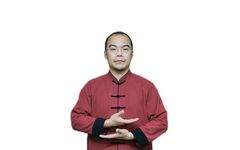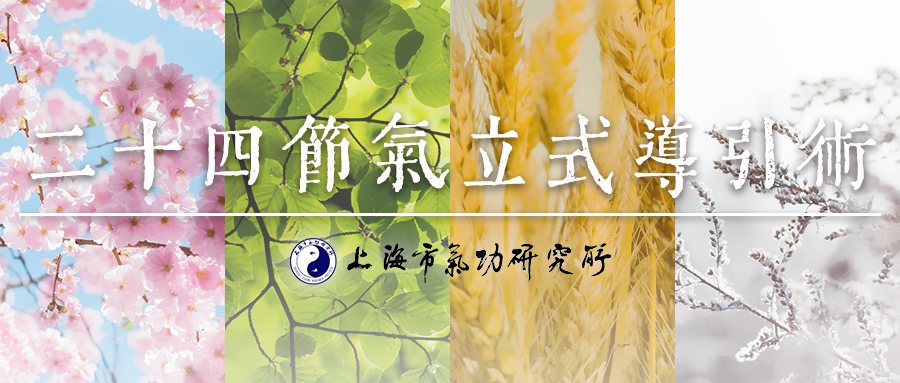
Introduction
According to the Huangdi Neijing (Yellow Emperor’s Inner Canon), “In spring and summer, nourish Yang; in autumn and winter, nourish Yin.” Human beings correspond with the Qi of heaven and earth, thus health preservation should align with the seasonal changes. Traditional Chinese Medicine (TCM) has long advocated for guiding techniques as a primary responsibility for one’s health. The Twenty-Four Solar Terms Guiding Techniques are said to have been created by the famous Daoist health practitioner Chen Xiyi during the late Tang and early Song dynasties, and have been passed down through renowned TCM health preservation texts such as the Baosheng Xinjian. This guiding technique is based on the changes in Qi and blood, Yin and Yang of the human body, combined with the characteristics of the current solar term, and coordinated with the twelve meridians. Through simple and easy guiding movements, it aims to achieve health preservation, disease prevention, and longevity. The Twenty-Four Solar Terms Standing Guiding Techniques utilize the twelve meridians as the exercise medium, adapting the traditional seated movements into standing forms for easier daily practice.
Grain Rain | Twenty-Four Solar Terms Standing Guiding Techniques
Procedure
Movement Breakdown1. Inhale, raise both arms to chest level, palms stacked with palms facing up, left palm underneath;
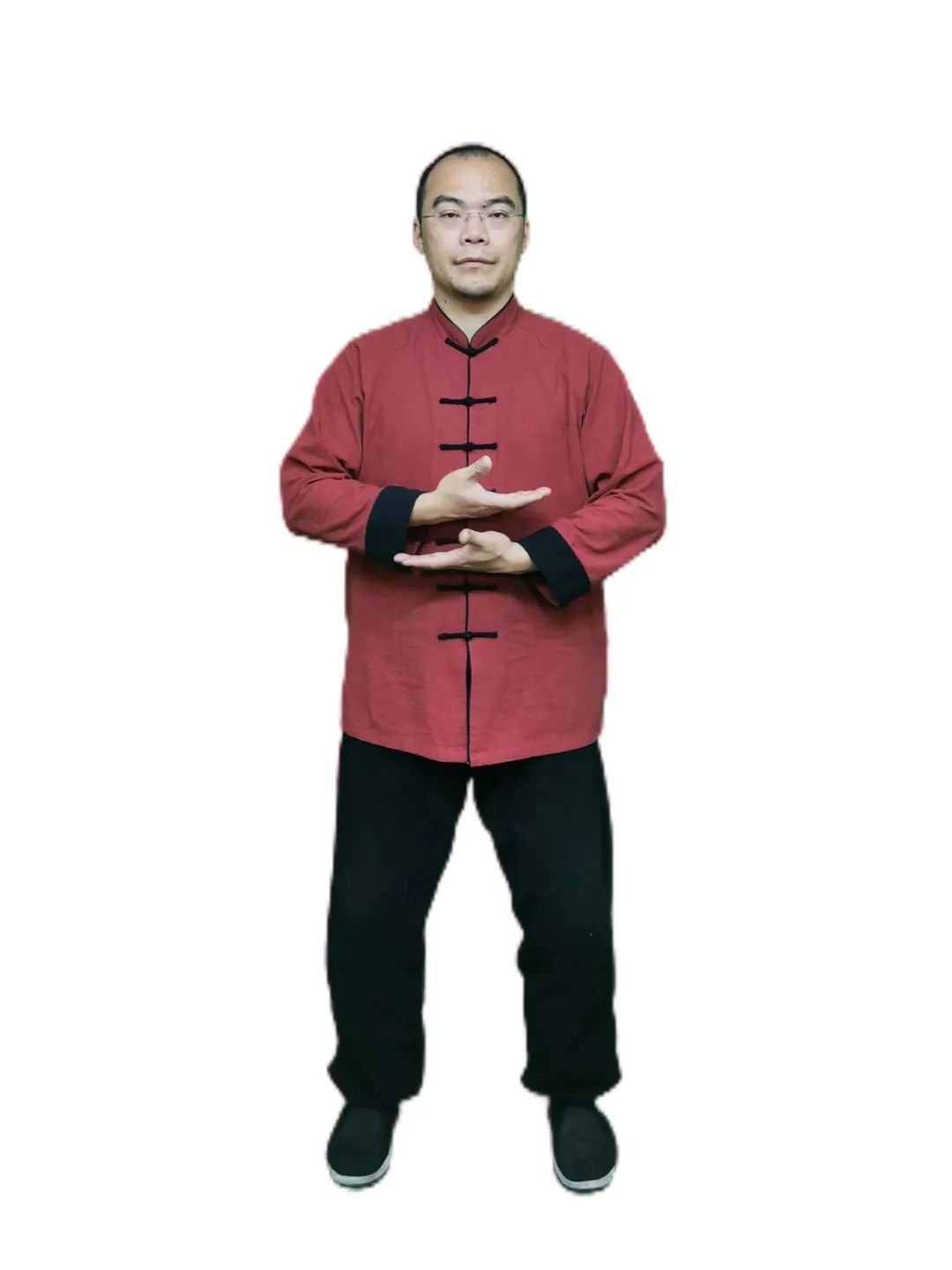
2. Rotate the left hand, using the scapula to lift it upwards, palm facing up, fingers pointing inward, while turning the head to look at the right lower back;
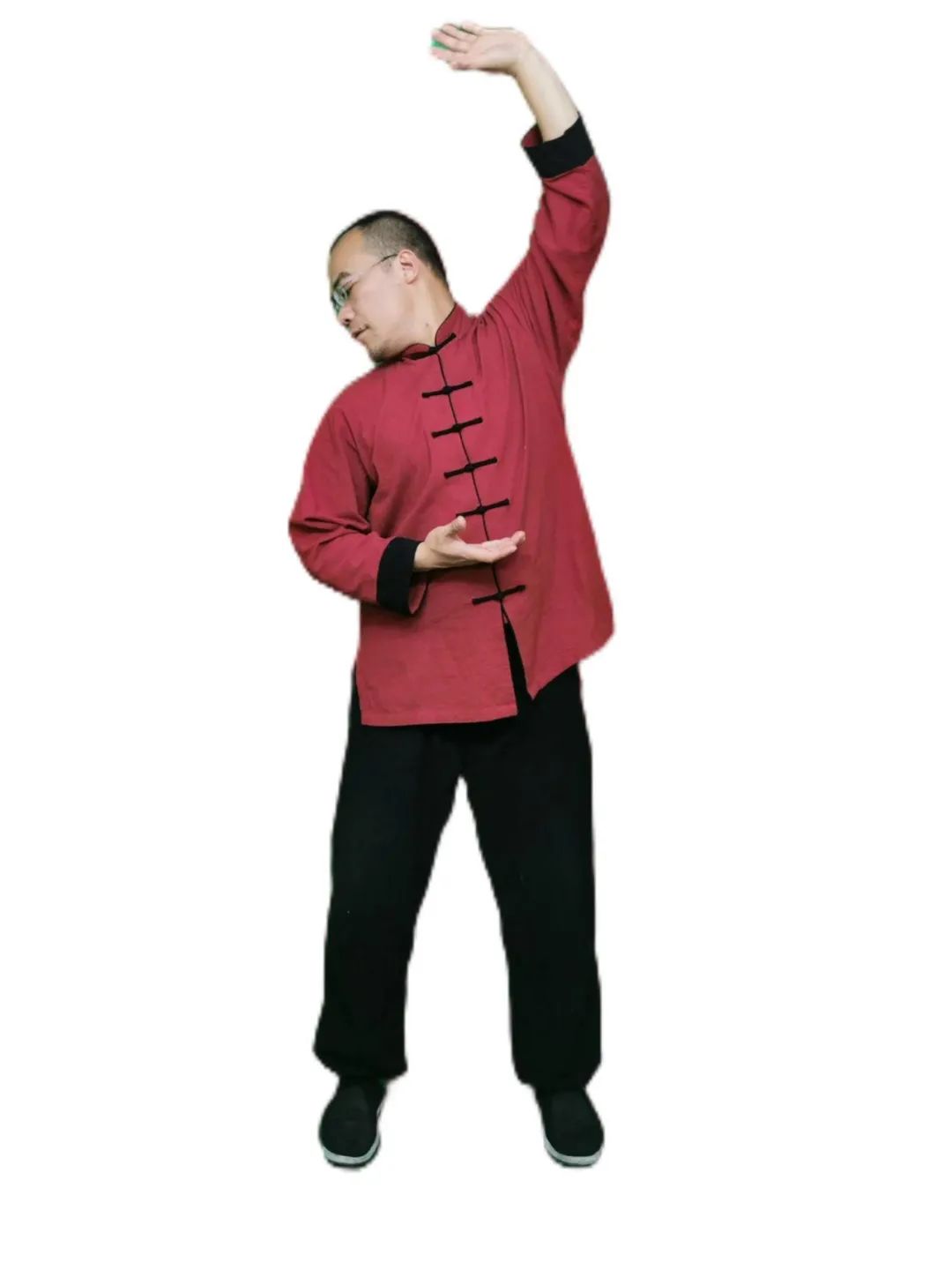
3. Exhale, lower the left palm to stack on top of the right palm, returning the head to a neutral position.

Steps 1-3 represent the left style, while the right style involves stacking both palms with palms facing up, right palm underneath, lifting the right arm, and turning the head to look at the left lower back; both left and right styles form a set and can be repeated multiple times based on individual conditions.
Key Points of the Movements
1. Extend the arms upwards using the scapula.
2. When lifting, palms should face up, fingers pointing inward, and the head should look towards the opposite lower back, creating a stretch along the Taiyang meridian of the hands.
EffectsThe Grain Rain guiding technique primarily focuses on the Taiyang meridian of the hands, which can disperse heat toxins from the Taiyang meridian, such as yellowing of the eyes, swelling and pain in the cheeks, swelling of the jaw, pain in the neck, scapula, upper arm, and the outer side of the forearm, and heat in the palms.
Tips
- According to the Ling Shu (Spiritual Pivot), “The Taiyang meridian of the hand begins at the tip of the little finger, connects at the wrist, ascends along the inner arm, connects at the inner sharp bone of the elbow, and responds at the tip of the little finger, entering the armpit. Its branch runs behind the armpit, circles the scapula, follows the neck, exits at the front of the foot Taiyang meridian, and connects behind the ear. Its branch enters the ear, while the straight path exits above the ear, descending to the jaw, and connects to the outer canthus of the eye.”
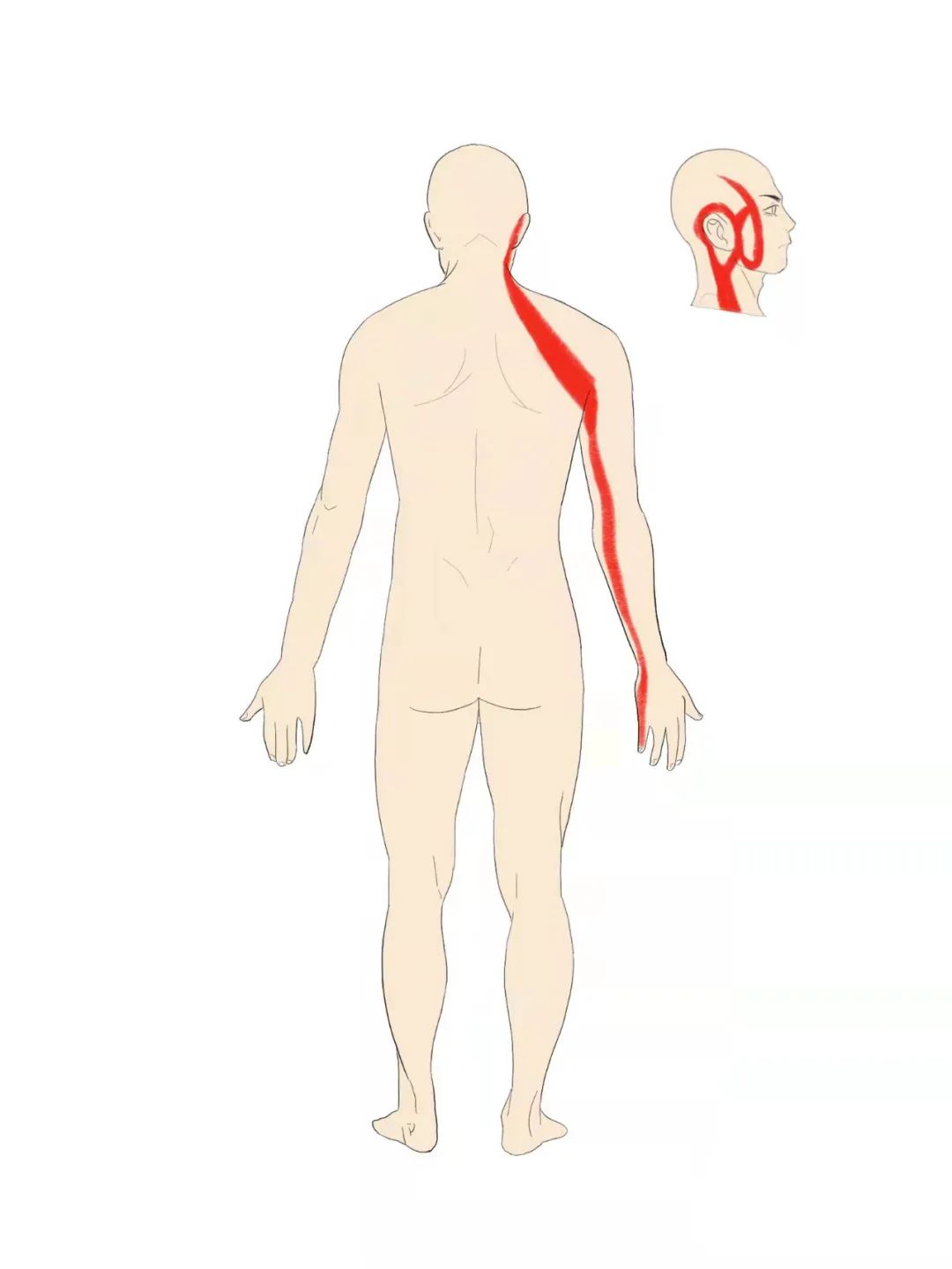
-
During the mid-spring season, as temperatures rise, the body’s Qi disperses, making it easier to sweat. If sweating is excessive, it can affect the Qi and blood status in summer. It is advisable to sweat slightly during exercise to avoid excessive Yang Qi leakage and damage to body fluids.
-
“On the table, the cup floats with the fragrance of Grain Rain.” Drinking tea during Grain Rain is a traditional custom in China, and the tea harvested at this time is of superior quality. Tasting tea during Grain Rain can uplift the spirit, dispel dampness, promote Qi flow, clear heat, ward off evil, and protect the liver and brighten the eyes.
Written by: Sun Lei and Chen Weiyi, Shanghai Qigong Research Institute


